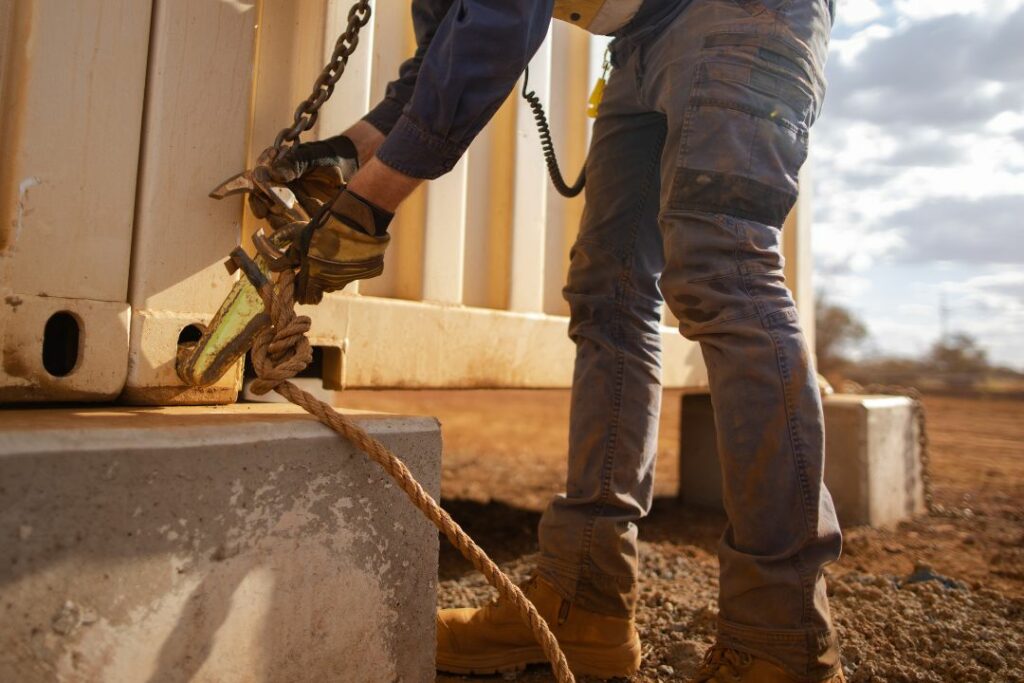
Rigging a heavy load and hoisting it in the air can be dangerous if you don’t follow the proper practices. To prevent injuries and accidents on the work site, read about the basic guidelines to follow when using rigging equipment here.
Implement this into your job for better support throughout the application and to be more mindful of safety.
Double-Check the Load Weight Limit
When you’re getting your gear ready for hoisting or lifting, it’s a wise decision to double-check the load weight limit to ensure you’re not using the wrong equipment. If you were to overload the sling, it could compromise your application. Adding this practice to your job will provide better safety to everyone involved on the work site.
Choose and Inspect the Appropriate Equipment
Not every load or job you do on a work site will involve the same type of equipment for rigging. The nylon sling you used to lift one load might not be appropriate to raise another. The same scenario goes for the different types of rigging shackles too. Therefore, you need to choose a sling and shackle that coincides with the load’s weight limit and measurements.
Once you select the equipment you’ll use for a job, don’t forget to inspect the parts for defects. If there are tears in the sling or corrosion on the shackles or hardware, it’s best to set those parts aside for disposal. If you were to use them, it could threaten the safety of workers. Any damage to the equipment will make it unusable, so be mindful when inspecting parts.
Prevent Side Loading and Add Taglines
An essential guideline to follow when using rigging equipment is to have a plumb hoist line to prevent side loading, with additional taglines to help stabilize loads when they might swing or sway as you lift them. When your load has the potential to shift, twist, or tip over in the air, having control of the load with these extra supportive lines is necessary.
Ensure a Clear Working Area
Safety is vital when hoisting a large load off the ground. Because of this, you must ensure a clear working area. Accidents and injuries can occur, so doing everything in your power to prevent this is critical. Remove any debris and potential hazards from the site, and consider a test run to inspect components further to ensure everything is in proper working order.
Other minor yet important tips exist. These include starting and stopping the lift slowly, finding the load’s center of gravity, and using hand signals to clearly communicate with crane operators. The process of pulling and lifting a load is very important to follow to enhance safety on the work site. Remember to carry out the same steps and protocols each time you lift a load so that everything goes smoothly.




